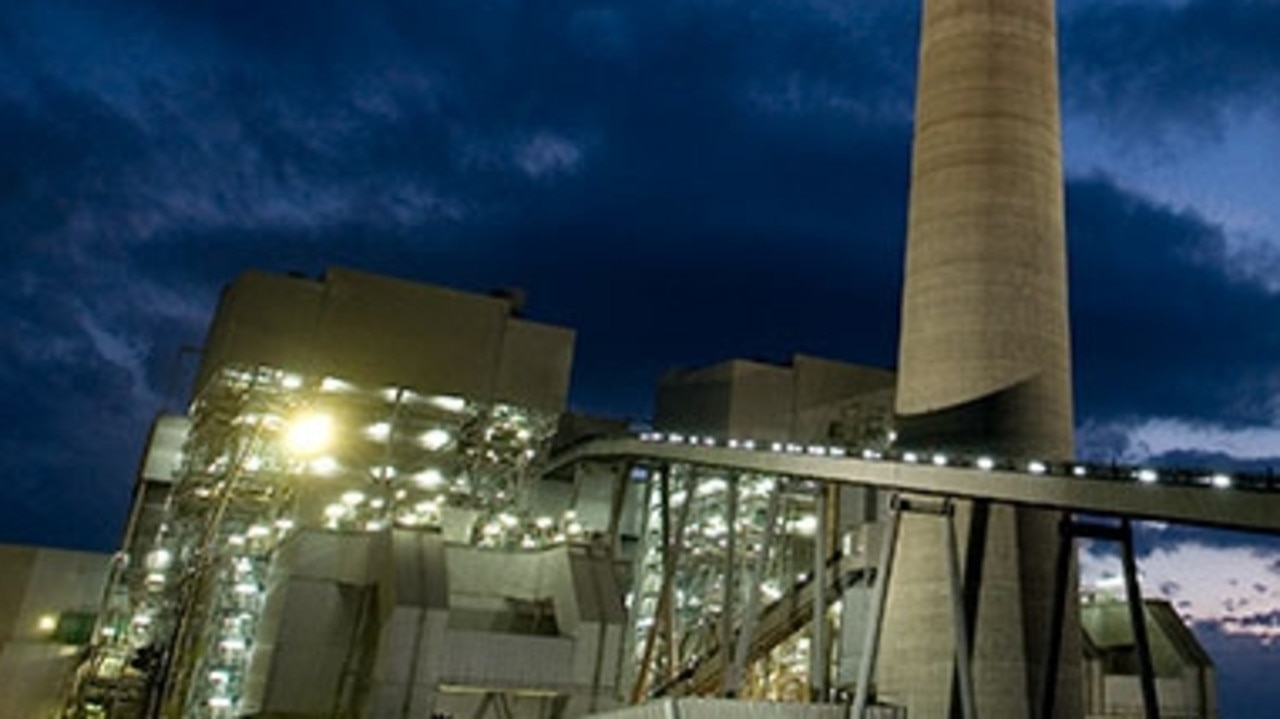Tindo Solar calls for government to move quickly on new solar manufacturing road map
Australia’s only solar panel producer is urging the government to move quickly on a new road map designed to turbocharge domestic manufacturing.

The country’s only manufacturer of solar panels is urging the federal government to move quickly on the development of a domestic solar manufacturing industry, warning Australia risks falling further behind the rest of the world where incentives are enabling industry to compete with cheap foreign imports.
Tindo Solar, which has been manufacturing panels in Adelaide since 2011, contributed to the Silicon to Solar report, released by the Australian Renewable Energy Agency (ARENA) this month.
It suggests Australia has the potential to establish 10GW of polysilicon (poly-si) purification capacity and 5GW of ingot, wafer, cell and module production capacity from 2030, but federal support is needed to kick-start investment across the supply chain.
The study, completed by the Australian Photovoltaic Institute, describes the blueprint as a “credible pathway for Australia to build domestic supply chains from raw material processing to module manufacturing”.
Tindo currently has the capacity to produce 360,000 panels – pumping out 150MW – annually at its manufacturing site in Mawson Lakes, in Adelaide’s north, but has plans to build a $100m factory that could lift its output to 1GW a year.
Chief executive Richard Petterson said the investment would only be feasible if the government came to the party with support, potentially in the form of a temporary production credit, similar to incentives offered by the landmark Inflation Reduction Act in the US.
ARENA’s report says a temporary production credit combined with a concessional finance offering would be the most effective way to support the creation of a manufacturing industry across the solar supply chain.
It says the credit could be modelled on the government’s Hydrogen Headstart program, which provides a 10-year credit to bridge the gap between the cost of production and market prices.
Mr Petterson said a temporary production credit scheme would enable local manufacturers to scale up operations to a point where they could compete with imports.
He said more than 80 per cent of solar panels used for rooftop installations in Australia were sourced from China, and in the past year there had been an increase in cheap, imported panels hitting the market.
“The Inflation Reduction Act in America had a huge impact on stimulating investment over there,” he said.
“It’s essential the government here responds to that. By (reducing) that gap in the cost of production it would help manufacturers get on their feet and then be able to scale themselves as they develop new markets.
“We’ve been talking about the production credit and we see that as a crucial factor.”
Tindo expanded into its facility at Mawson Lakes, where it employs 65 workers, a little over a year ago.
The company estimates a 1GW factory would create an additional 250 jobs and would be capable of producing 7000 panels per day.
Locations in Queensland and NSW are being considered, due in part to the support on offer from governments in those two states.
“We’re really poised to be able to take the next step. However, that’s really not possible unless the right mechanisms are in place,” Mr Petterson said.
“If we get the green light we believe within about 18 months we could be making panels out of a new facility.
“And if you get module manufacturing up and running, that would stimulate investment in other parts of the supply chain – aluminium framing, glass and other elements that go into making a solar panel could be established in Australia.
“If we don’t move quickly, we’ll find ourselves not just competing against (China) but also well established markets in the US, markets within Europe and also there’s stimulus going on in India.”
Tindo, owned by South Australian businessman Glenn Morelli, sells most of its panels to customers in South Australia and Victoria, but there are plans to expand its footprint.





To join the conversation, please log in. Don't have an account? Register
Join the conversation, you are commenting as Logout